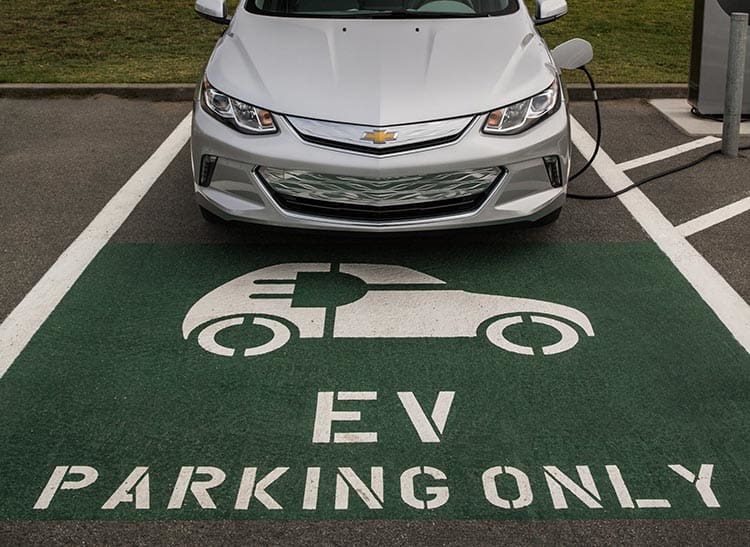As we step into 2025, one thing is clear: this is the year for leadership. The challenges and opportunities on the horizon demand bold, visionary leaders who are ready to push boundaries, embrace change, and steer their organizations toward transformative success.
Why 2025 Is the Leadership Moment
The world is evolving at an unprecedented pace, with technological innovation and changing societal expectations creating exciting new opportunities for organizations across the industry. To navigate these waters, we need leaders who can think ahead, inspire action, and adapt to new realities without hesitation. Leadership in 2025 is not just about managing—it’s about moving the ship in the right direction, even when the course isn’t clear.
Setting Ambitious Goals
The hallmark of a great leader is the ability to dream big. Ambitious goals have the power to energize teams, align resources, and create momentum that drives meaningful change. Whether it’s doubling revenue, launching a groundbreaking product, or rethinking how we serve customers, leaders in 2025 must challenge themselves to aim higher and execute with focus.
Reinventing for Bold Change
2025 presents an exciting opportunity to identify areas for improvement and embrace bold changes. It’s the perfect time to refresh outdated processes, energize organizational culture to spark creativity, and upgrade systems to better align with the mission. Reinvention is about confidently reimagining the playbook to create something even better. Achieving this requires courage, collaboration, and an open mind to explore new approaches beyond “how it’s always been done.
The Leadership Mindset
To succeed this year, leaders need a mindset rooted in innovation, resilience, and authenticity. They must inspire trust, foster collaboration, and empower teams to take risks. Leadership in 2025 is about building not just organizations, but movements—driven by purpose and the desire to make an impact.
This is the year to think bigger, act bolder, and take the reins of reinvention. Let’s make 2025 the year we redefine leadership, set our sights on transformative goals, and steer our ships confidently into the future. The time for leadership is now—the time to lead with purpose.
